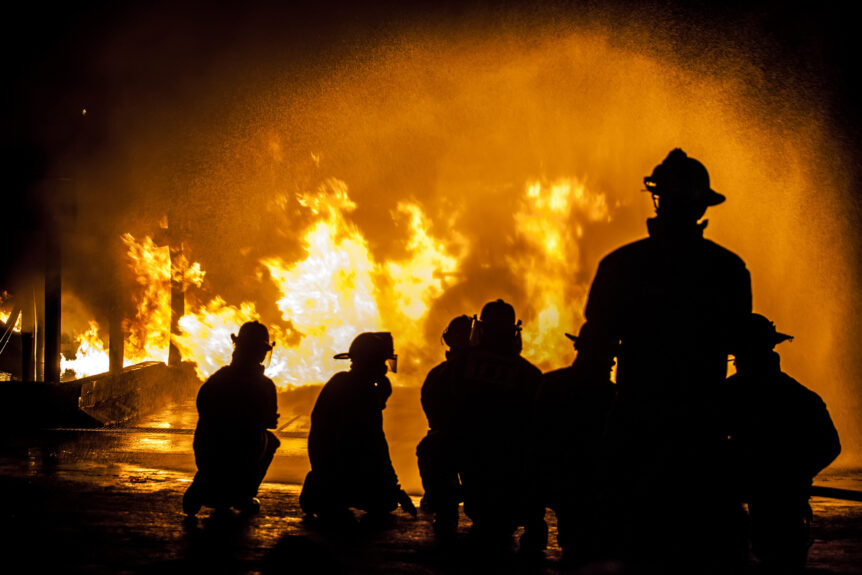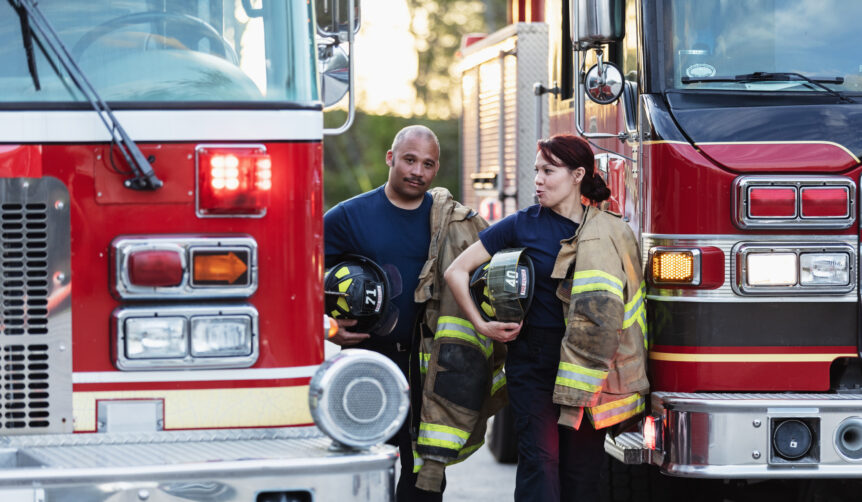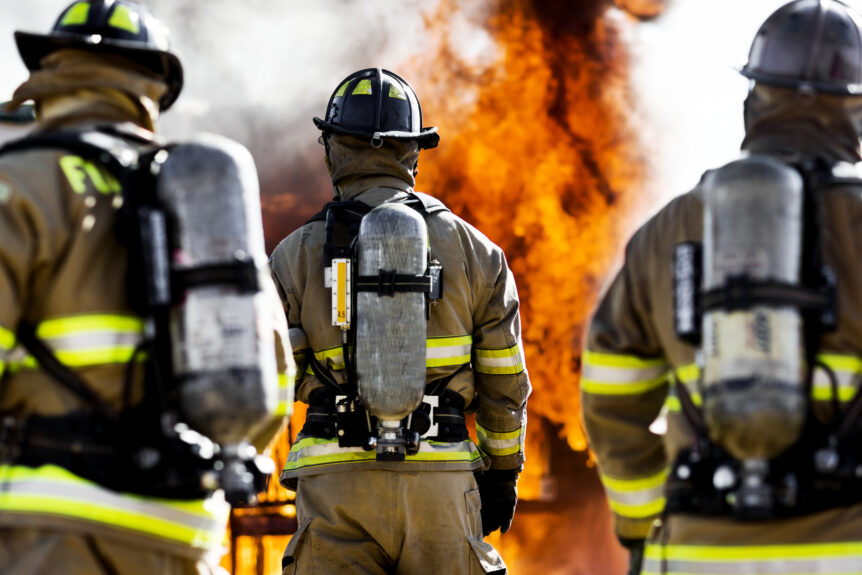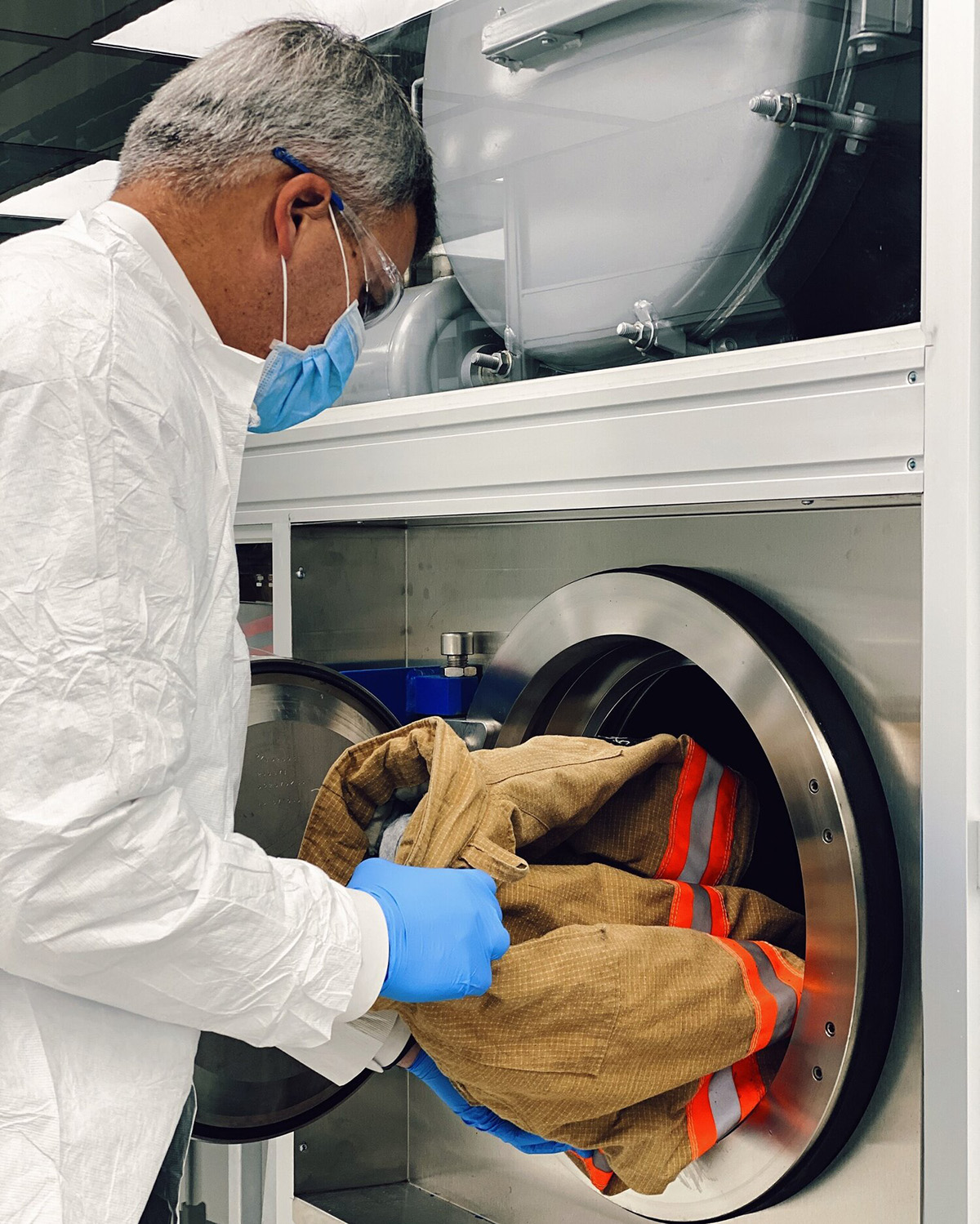Helmets, hoods, and base layers trap toxins too. Learn why full gear decontamination is critical to firefighter cancer prevention and NFPA 1850 compliance.
Heat, Sweat, and Toxins: The Hidden Summer Risk for Firefighters
Summer heat boosts chemical absorption in firefighters. Learn how sweat, contaminated gear, and poor decon raise cancer risks—and how to fight back.
Overlooked Gear Components You Should Be Cleaning
Base layers, straps, and helmet liners trap toxins too. Learn why full PPE decon is critical for firefighter health—and often missed in standard cleaning.
How Clean Gear Supports Firefighter Recruitment and Retention
Clean turnout gear shows recruits and veterans that health matters, supporting firefighter retention, safety, and department culture.
From Hose Rinse to High-Tech: The Evolution of Firefighter Decontamination
By: Emergency Technical Decon For decades, firefighters returning from calls with soot-streaked gear were seen as symbols of grit and experience. But today, we know that lingering contaminants, especially carcinogens like PFAS, can be just as dangerous as the flames themselves. As awareness of occupational cancer has grown, so too has the need for effective gear decontamination. The shift from …
How to Approach Federal Grants to Fund a Liquid CO2+ Decontamination System
Secure federal grants to fund firefighter gear decontamination with Liquid CO2+. Learn which programs apply and how to build a winning application.
Protecting the Front Line: What Fire Departments Can Do to Keep Their Crews Healthy
Discover proactive strategies fire departments can adopt to protect firefighter health, reduce exposure risks, and support long-term well-being.
What to Look for When Choosing Your ISP Provider for Turnout Gear Cleaning
By: Emergency Technical Decon Team Choosing the right Independent Service Provider (ISP) for turnout gear cleaning is about more than ticking boxes. The right partner should protect firefighter health, preserve gear performance, and support your department’s compliance with evolving standards like NFPA 1850. As awareness of PFAS exposure, gear degradation, and environmental safety grows, so does the importance of finding …
Why Every Fire Department Needs a Gear Life Cycle Plan
Learn how a structured gear life cycle plan helps fire departments protect crews, extend PPE lifespan, and stay compliant with NFPA 1850 standards.
PFAS in Firefighter Gear: The Growing Risk Departments Can No Longer Ignore
Learn how PFAS in firefighter gear increases cancer risk and what departments can do to reduce exposure through proper cleaning and decontamination.












